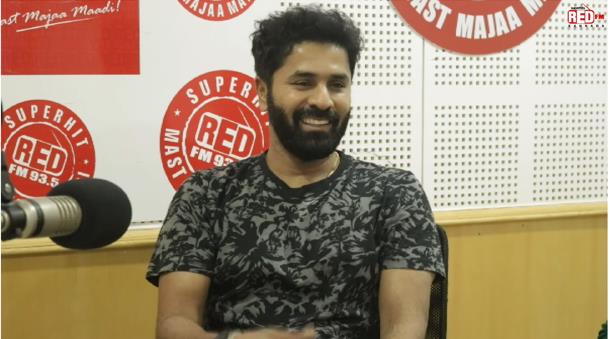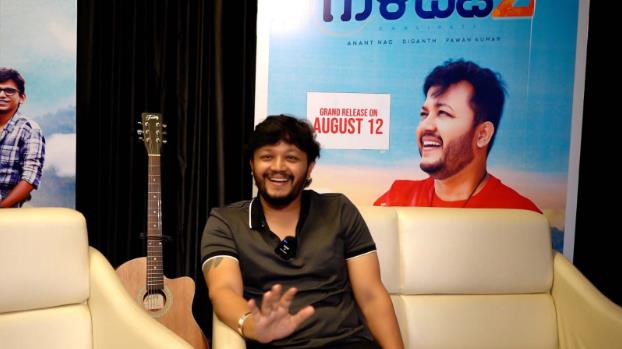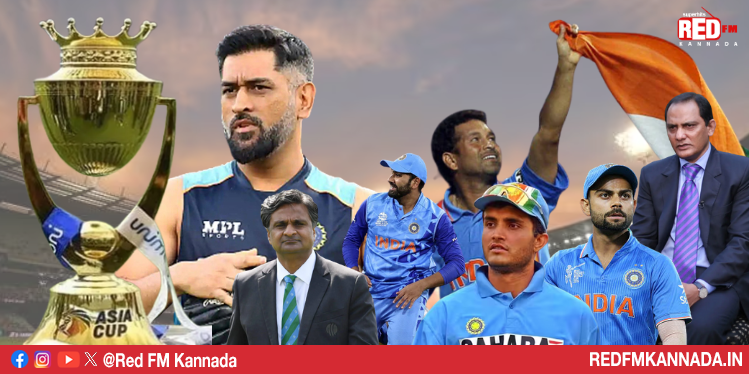India’s journey in the Asia Cup, spanning from 1984 to 2018, has been a rollercoaster of triumphs and challenges, etching a legacy that sets the stage for high expectations in the upcoming 2023 Asia Cup. This storied history offers several key takeaways that continue to influence the team’s performance.
Firstly, India’s bowling strength has been dynamic, featuring iconic names like Kapil Dev, Anil Kumble, and Harbhajan Singh. Their ability to control the game’s middle overs and take pivotal wickets remains a vital aspect. Similarly, the dependable batting line-up, adorned with legends like Tendulkar, Dravid, and Kohli, thrived on building partnerships and performing under pressure, cementing the importance of a strong top order.
Moreover, effective captaincy, exemplified by leaders like Ganguly and Dhoni, played a monumental role. Their strategic acumen, confidence-building, and bold decision-making continue to inspire the team. Nevertheless, India grappled with occasional weaknesses, such as the middle-order inconsistency and vulnerabilities to specific bowling styles.
Yet, over the years, India honed its fielding and fitness, transforming into one of the fittest teams. The unity and cohesion among players created a potent support system capable of tackling high-pressure situations.
As the 2023 Asia Cup approaches, fans eagerly anticipate a blend of the old magic and new strategies. The lessons from India’s past successes and challenges serve as guiding stars, emphasizing the need for adaptable bowling, solid partnerships in batting, astute captaincy, and relentless teamwork. With these insights, Team India carries the hopes of a nation into the tournament, aiming to recreate the Asia Cup glory once more.
1. Bowling Strength:
– India’s bowling strength varied over the years, but consistently included notable bowlers like Kapil Dev, Javagal Srinath, Anil Kumble, and more.
– The standout performances came from bowlers who could control the middle overs and take crucial wickets, like Harbhajan Singh and Ravichandran Ashwin in later years.
2. Batting Line-Up:
– India boasted strong batting line-ups throughout the years with legends like Sunil Gavaskar, Sachin Tendulkar, Rahul Dravid, and Virat Kohli.
– The importance of these batsmen lay in their ability to anchor the innings, build partnerships, and score under pressure, ensuring competitive totals.
3. Captainship:
– Effective captaincy played a pivotal role in India’s success. Captains like Kapil Dev, Sourav Ganguly, and MS Dhoni displayed excellent strategic acumen.
– They managed resources wisely, instilled self-belief in the team, and made bold decisions, such as promoting young talents or changing field placements when needed.
4. Overall Strength:
– India’s overall strength was its adaptability. The team could adjust to various conditions and oppositions.
– Strengths included a rich pool of all-rounders, such as Yuvraj Singh and Hardik Pandya, who could contribute with both bat and ball.
5. Weaknesses:
– One consistent weakness was India’s occasionally unreliable middle-order, which struggled to maintain momentum after the top-order.
– Additionally, India occasionally faced challenges against high-quality spin or pace bowling, depending on the conditions.
6. Fielding and Fitness:
– India improved significantly in fielding and fitness over the years, becoming one of the fittest teams.
– Agile fielding and quick running between the wickets were instrumental in converting small advantages into big ones.
India’s seven Asia Cup victories were the result of a balanced team with strong batting, adaptable bowling, effective captaincy, improved fielding, and excellent team cohesion. However, challenges like the middle-order batting and occasional weaknesses against specific bowling styles persisted.



















































